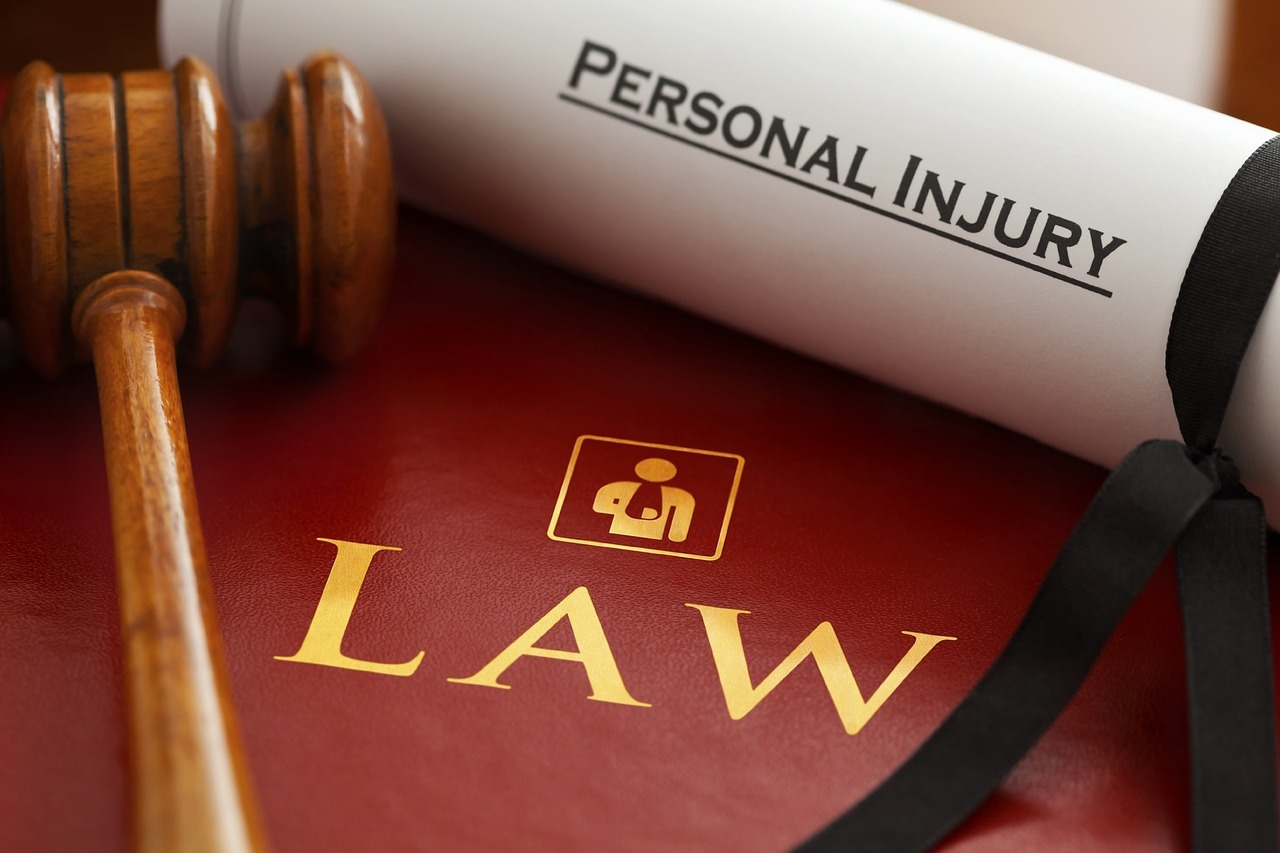Life’s unpredictability is often its most defining characteristic. One moment, you’re immersed in the comfort of routine, and the next, you’re flung into a vortex of pain, bewilderment, and a barrage of questions about what comes next. Personal injuries are indeed disruptive, unexpected, and often life-altering events.
Amidst the confusion, your mind may overflow with inquiries, but having a clear understanding of the path to recovery and compensation can provide a beacon of hope within the turmoil. With that in mind, this comprehensive guide aims to illuminate the road to recovery and equip you with all the necessary knowledge to navigate the post-injury landscape confidently.
Deciphering Personal Injury and Tort Law
As stated by the New York City Bar, the law doesn’t mandate an all-encompassing responsibility for everyone to look after each other in every circumstance.
What does this signify? Not all personal injury incidents lead to claims for financial compensation, as some are merely accidents. Situations, where a party involved might be held responsible and liable for financial recompense, fall under the purview of tort law.
In these cases, the party deemed liable had a ‘duty of care’ that they failed to uphold, resulting in the injury. It’s crucial to understand that compensation often hinges on jurisdictional laws. For instance, some states, like New York, are ‘no-fault’ states, meaning compensation doesn’t depend on identifying the party at fault. Conversely, other states like Texas are ‘at-fault’ states, which means insurance payouts hinge on the degree of fault attributed to each party involved.
Navigating the Aftermath: Steps to Take Following a Personal Injury
While the compensation process for personal injuries varies across states, there are several universal steps you can take post-accident to bolster your chances of a favorable claim. Here’s a handy guide:
Step 1: Gather Contact and Insurance Details of All Parties Involved
After personal injury, your first action should be to collect the contact and insurance details of everyone involved. Crucially, refrain from admitting fault or discussing any specifics about the accident without your attorney present.
Step 2: Document the Accident Scene
The personal injury assessment process leans heavily on evidence. Therefore, it’s vital to document the accident scene before any changes occur. Snap pictures of the incident, surrounding damage, nearby signage, and weather conditions.
Step 3: Preserve All Medical Records
Insurance companies may attempt to downplay your injuries to minimize compensation. To counter this, hold on tok all medical documentation, including records of doctor visits, receipts, prescription orders, and more. This evidence can help illustrate the degree of the injuries caused by the accident.
Step 4: Inform Your Insurance Company
As a general rule, inform your insurance company about the accident within 72 hours. While this deadline isn’t mandatory in all scenarios, some insurers require it. Regardless, it’s in your best interest to inform your insurer immediately after the incident.
Step 5: Obtain the Official Police Report
If the police were at the scene, request their official report. It provides a detailed rundown of the incident, aiding your compensation claim. Other law enforcement reports, such as those from OSHA, can also be beneficial.
Step 6: Seek Advice from a Personal Injury Lawyer
Consulting a personal injury attorney is a smart move, as they can guide you in pursuing your claim. They can also represent you during negotiations, allowing you to focus on recuperation and recovery.
“Speaking with a lawyer following a personal injury incident can help you map out a game plan and ensure that no stone is left unturned in your investigation process,” says injury attorney Walter Clark. “Doing so can help your claim and ensure you get appropriate compensation.”
Navigating the aftermath of a personal injury can be overwhelming, but following these steps can provide a clear roadmap towards securing the compensation you deserve.
Conclusion
Encountering personal injury is unquestionably daunting. The tragedy can leave you feeling overwhelmed and uncertain about the path forward. However, armed with our informative guide, you’re equipped to traverse these challenging times, following an expert-recommended route to recovery and compensation for your damages.
Remember, every action taken–from documenting the scene to consulting with a personal injury lawyer–can significantly influence the outcome of your compensation claim. As such, it’s vital to approach each step with diligence and meticulousness.
